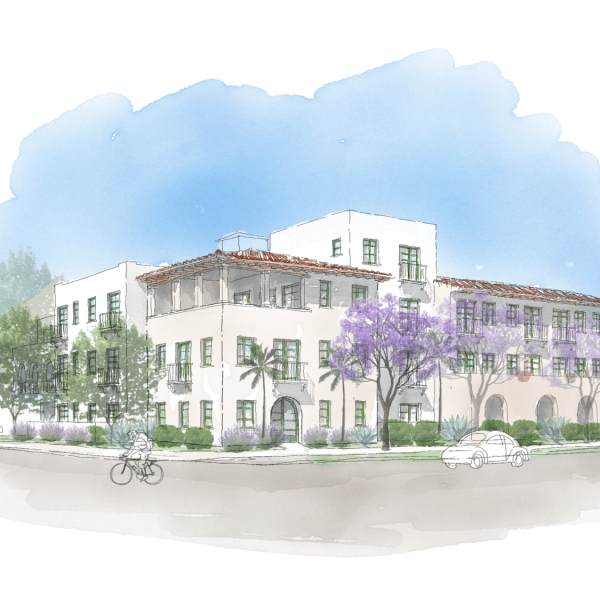A recent op-ed, “More Housing Is Practical, not Problematic,” said that 40,000 commuters come into the city of Santa Barbara daily and implied that the city had deliberately and happily stifled the production of housing that could accommodate these commuters.
A new report on work travel done for the Santa Barbara County Association of Governments came out in January 2024. (It is linked here: Understanding Regional Travel Patterns.) It indicates that the daily number who travel to work in Santa Barbara from outside of the city is 24,700. Its analysis also shows that 66 percent of work trips in the city begin and end in the city. Most work trips are short. Fifty-two percent are eight miles or less. Eighty-three percent are 16 miles or less.
It is interesting to note that these numbers are very similar to those for the city of Santa Maria. Sixty-six percent of work trips in Santa Maria also begin and end in the city. There are 18,962 daily work trips from outside the city into it, less than into Santa Barbara, but still a very substantial number. For both cities over half the trips are eight miles or less.
Of course it is preferable for both the community and for employees to live near where they work. However, both cities have more jobs than employees within them to fill them all. It is inevitable and unavoidable that many will live outside city limits. It is unrealistic to expect all those employed within each city to be housed within it.
During the most recent general plan update of 2011, the City of Santa Barbara took substantial steps to encourage construction of rental housing. In 2013 Santa Barbara adopted the innovative and experimental (now permanent) AUD (average unit-size density) program. The smaller the average unit size within a range of units, the more that can be built. It has been very successful in stimulating new projects, and 850 units have building permits issued or have been completed.
A priority overlay zone was created which includes downtown, Milpas Street, and La Cumbre Plaza. Within that overlay densities can be as high as 63 dwelling units per acre, a density unheard of anywhere else in Santa Barbara County. In the county the maximum density is 30 dwelling units/acre (du/acre) as it is in Goleta. Santa Maria’s maximum is 22 du/acre. Carpinteria’s is 20 du/acre.
Since 2018, 580 ADUs (accessory dwelling units) have either had building permits issued or have been completed. They are all over town. While it was anticipated that many would be used as rentals, 60 percent are used for purposes ancillary to the main residence. Just 40 percent become part of the community’s housing supply.
The writer said that the city should use parking lots as the sites for housing. That is exactly what it is doing. A little over a year ago, a 63-unit income-restricted residential building managed by the Housing Authority of the City of Santa Barbara was approved, which will be constructed on the parking lot at West Carrillo and Castillo streets.
Santa Barbara faces an additional problem of investors buying up homes to rent as short-term vacation rentals even where such use is not allowed. To compete with short-term vacation rentals, hotel chains have added single family homes to their portfolios. Marriott has four single-family homes on the Mesa alone. These are homes where local families could live who would be part of the community. Instead they’ve been bought up for tourists, reducing the supply and driving up the price of housing for everyone.
A big part of the problem is UC Santa Barbara. With 11,000 employees it is the largest employer in Santa Barbara County. It failed to fulfill its obligations under its Long Range Development Plan to construct housing not only for students but for staff and faculty as well. Those students and employees create additional pressure on the south coast housing market. The university is moving ahead with 3,500-bed student housing projects, which will be helpful, but it needs to build staff and faculty housing as well.
The City of Santa Barbara is doing more than its share in addressing the housing shortage in the region.

